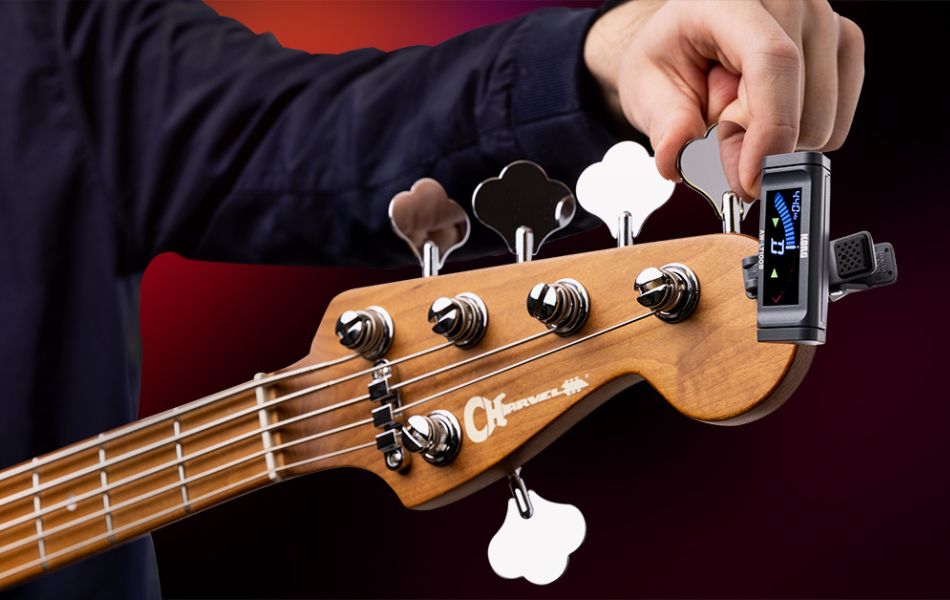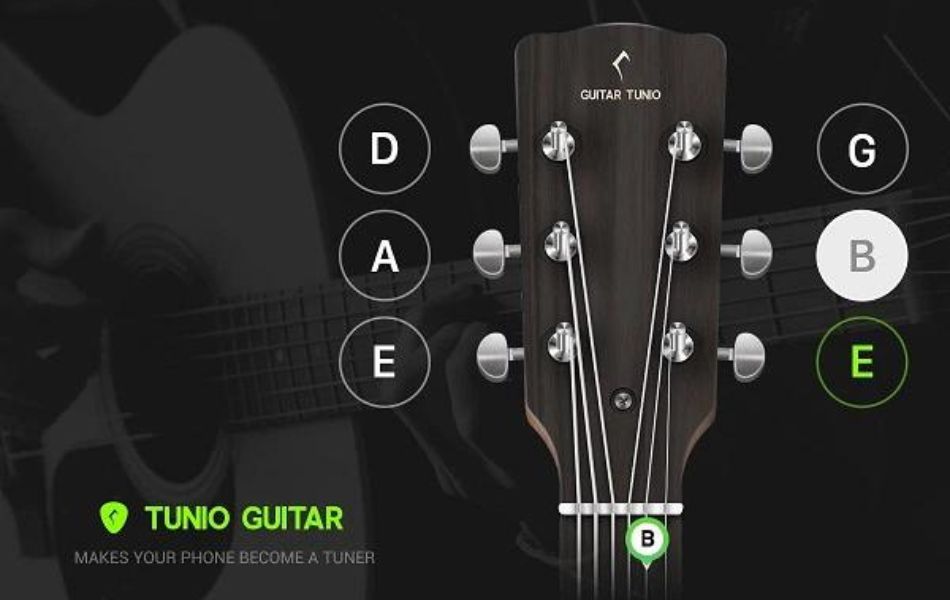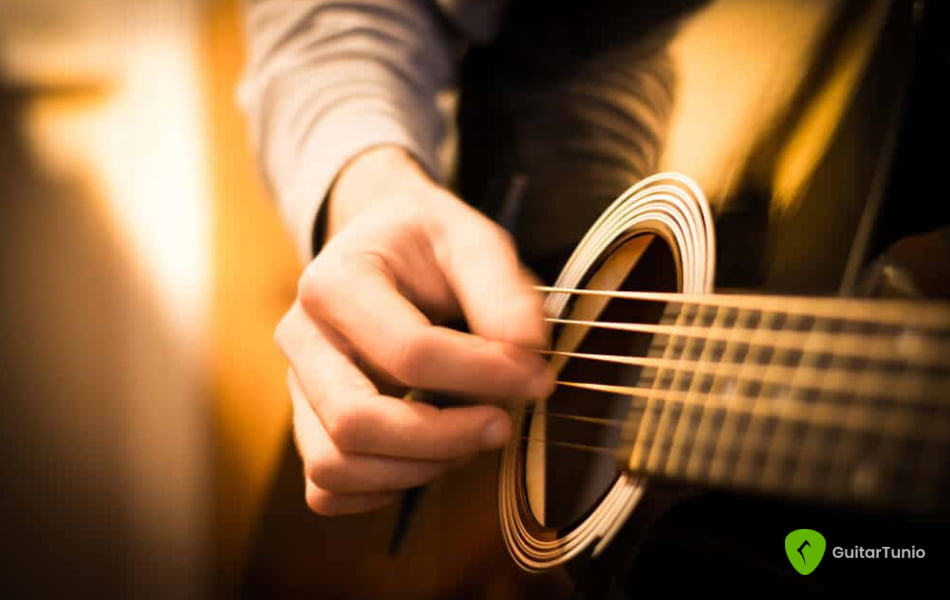How To Achieve Drop D Tuning Bass
Drop D tuning bass is an alternative tuning that every bassist should consider exploring. It introduces a dynamic shift in sound, making it particularly fitting for genres like heavy rock and metal, and offering you an avenue to expand your playing style. By altering the tuning of your bass guitar, you open doors to new possibilities in your musical journey. Let's delve into the finer details of this tuning style.
The basics of drop d tuning bass
Drop D tuning bass is a popular alternate tuning for the bass guitar that involves lowering the pitch of the lowest string from E to D. This simple adjustment can greatly influence the way you play and the sound you produce.
To achieve drop D tuning, you'll adjust the tension of your bass guitar's lowest string. Here's how you do it:
- Start with your bass in standard tuning (E-A-D-G).
- Loosen the tension on the lowest string (E string) until it reaches the pitch of D. You can use a tuner to help you accurately achieve the D pitch.
For 5-string electric bass: Tune the low B string down to A (one whole step lower), and the E string down to D (one whole step lower). The other strings (A, D, and G) remain in standard tuning.
For 6-string electric bass: Tune the low B and E strings down to A and D respectively (one whole step lower). The other strings (A, D, G, and C) remain in standard tuning.
For 7-string electric bass: Tune the low B and E strings down to A and D respectively (one whole step lower). The other strings (A, D, G, C, and F) remain in standard tuning.

How to tune drop D tuning bass
Tune by Clip-on tuner
Tuning your bass guitar to drop D using tuning devices is a convenient and accurate way to achieve the powerful and versatile sound of drop D tuning. Clip-on tuners attach to the headstock of your bass guitar and use vibrations to detect pitch. They have a display that shows you the pitch of the string you're tuning. Some popular clip-on tuner brands include Snark, D'Addario, and Korg.
Tuning devices provide several advantages when tuning your bass to drop D:
- Accuracy: Tuning devices offer precise measurements of pitch, ensuring that your bass is perfectly tuned to the desired drop D pitch.
- Speed: Devices allow for quick tuning adjustments, saving you time and effort.
- Visual Guidance: Many devices provide visual cues, such as LED lights or digital displays, making the tuning process intuitive and easy to understand.
- Ease of Use: Tuning devices are user-friendly, making them suitable for both beginners and experienced players.
Tune by Guitar Tunio app
Seems like Guitar Tunio is the best free app that can help you get your guitar sounding just the way it should. It's like having a virtual helper to make sure your instrument is in tune. This app works for different instruments, not just guitars. It can handle all sorts of different ways of tuning, including a tricky one called drop d tuning bass guitars.
One cool thing about Guitar Tunio is that it's easy to figure out how to use. The buttons and stuff on the screen are clear, and you won't get lost using it. You can follow the instructions, and the app will tell you if your strings are too high or too low in pitch. And it doesn't just work for professionals – even if you're just starting to learn, this app can help you out.
When it comes to special tunings like drop G, using an app like this is a real lifesaver. It makes the whole process of getting your bass guitar in tune way simpler. Imagine being able to make your bass sound just right without any trouble – that's exactly what this app can do. It's like having a tuning expert right in your pocket!

How often tune you bass guitar?
If you play your bass guitar regularly, it's a good idea to tune it before each practice session or playing session. Even if it was in tune the last time you played, factors like string tension, temperature changes, and playing can cause it to go out of tune.
New strings tend to stretch and settle during the first few playing sessions, causing them to go out of tune more often. Once they've stabilized, they'll hold their tuning better. However, all strings gradually lose tension over time, so even older strings will require tuning.
In summary, drop D tuning bass offers bassists a chance to venture into a realm of new sounds and techniques. Whether you're striving for a powerful resonance in heavy music or seeking fresh avenues for creative expression, drop D tuning can help you break boundaries and amplify your bass-playing skills.







